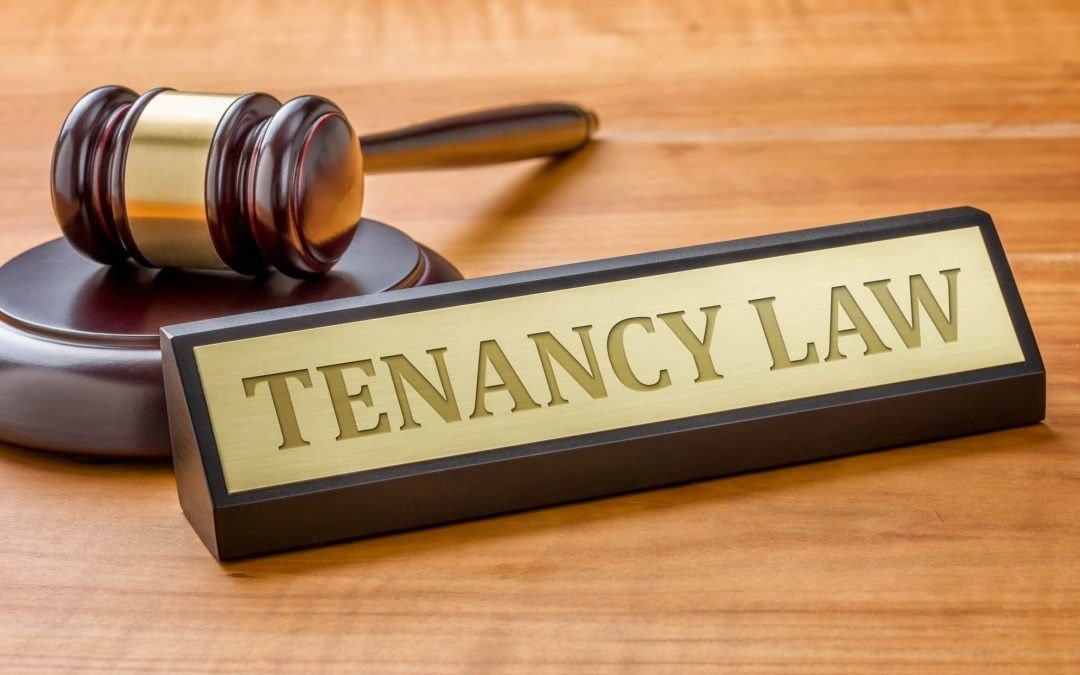Dealing with a difficult landlord can be particularly stressful. As a tenant, you might be relying on your landlord to return your tenancy deposit so that you can use it to as a deposit on your next home. However, your plans may end up in disarray if your landlord makes unfair deductions on the deposit or even delays in returning it back to you at the end of your tenancy.
If such situations, you might have to make formal tenancy deposit recovery claims to get back what is rightfully yours. For more information on this subject, read on below for a comprehensive guide on tenancy deposit claims.
What Is The Tenancy Deposit Protection Scheme?
To understand how tenancy deposit recovery claims work, you will need to have a clear understanding of the Tenancy Deposit Protection Scheme. Introduced back in 2007, the Tenancy Deposit Protection Scheme is designed to provide protection against having all or part of a tenant’s deposit withheld unfairly.
Landlords are barred from treating the deposit as part of their income by this system. These schemes also provide for an ADR (Alternative Dispute Resolution) service and safeguard the money. As such, tenants can get independent adjudication of any disputes arising from the deductions made at the end of the tenancy.
Tenants can enjoy some much-needed peace of mind with this system in place. Furthermore, tenants and landlords can have clear and detailed contracts and agreements of rental inventories at the start and conclusion of the tenancy period.
The three deposit scheme providers across England and Wales are:
- The Tenancy Deposit Scheme
- MyDeposits and,
- The Deposit Protection Service
What Is My Landlord Supposed To Do With My Deposit?
Any landlord that takes a deposit for an Assured Shorthold Tenancy Agreement is legally required to place the deposit in a government-approved deposit protection scheme within 30 days of receiving the deposit. Within this period, the landlord must furnish you with a deposit certificate or the third party that paid the deposit on your behalf.
According to the law, landlords must inform their tenants of which scheme the deposit is held in. Furthermore, they must return the amount in 10 days of agreeing upon the amount to be returned with the tenant.
As a tenant, you will claim your deposit regardless of whether the landlord protected it or not. Furthermore, you can make a compensation claim if you can prove that the deposit was not handled in line with the law. A landlord that fails to protect their tenant’s deposit is liable for hefty fines. Furthermore, they would be at a disadvantage if any dispute with the tenant arose. Last but not least, such a landlord would not be able to evict their tenant with a section 21 notice.
When Can I Make A Tenancy Deposit Recovery Claim?
As a tenant, there are many situations in which you can make a legal tenancy deposit claim. You have valid grounds to lodge a compensation claim, if you have experienced the following over the last six years:
- You are uncertain of whether your landlord protected your deposit
- You are certain that your landlord failed to protect your deposit
- Within 30 days of paying your tenancy deposit, the landlord failed to furnish you with a deposit certificate
- At the end of your tenancy, the landlord failed to return your deposit as agreed
Simply put, if you as a tenant feel aggrieved by how your landlord has treated your tenancy deposit, you may be entitled to a claim for compensation.
How Much Can I Claim?
The amount that you can claim as compensation varies, depending on the severity and number of breaches committed by your landlord. As a rule of thumb, you can claim anywhere between 1 to 3 times the amount you paid as a deposit.
In case of multiple breaches by the landlord concerning protecting your deposit, the above amount may increase. For instance, if your landlord fails to protect your deposit as per the law, and you end up renewing your tenancy, and the landlord fails to protect it again, the penalties involved increase as these situations are treated as two separate breaches.
Initiating A Tenancy Deposit Recovery Claim
If you feel mistreated by your landlord, especially with regard to the handling of your tenancy deposit, contact a qualified solicitor and share the details of your situation with them. If you have a case, these experts will represent your interests professionally.
Here’s a breakdown of what is needed to initiate a tenancy claim:
- The tenant’s contact information
- Address of the property that is being rented
- Date when the tenancy started
- Deposit payment date
- Deposit amount and proof of payment
- Tenancy agreement copy
To further support your claim, you should also have your complete rent payment records as well as any formal communications from your landlord. Your solicitor will inform you of any other documentation or information they might need to prove your case.
Time Limits For Making A Tenancy Deposit Claim
You must make your tenancy deposit recovery claim as soon as possible before it is time-barred. For all contractual claims, the standard window for lodging a claim is set within six years from when the claim arose. For tenancy claims, this means six years from when the landlord failed to return your deposit after the tenancy.
However, the exact date that the claim arose may be dependent on the specific terms of your rental agreement as well as the terms of the deposit scheme used.
In general, if you have had any issues with your landlord’s handling of your tenancy deposit over the last six years, it is recommended that you consult a qualified solicitor as you might have valid grounds for a claim.
Conclusion
Landlords can make a variety of deductions from tenancy deposits at the end of the tenancy period. However, it is common for disputes to arise between the landlord and the tenant, if and when the tenant feels like they are being charged more than is fair. If you feel aggrieved by how your landlord has treated your tenancy deposit, you have the right to make a claim for compensation.

